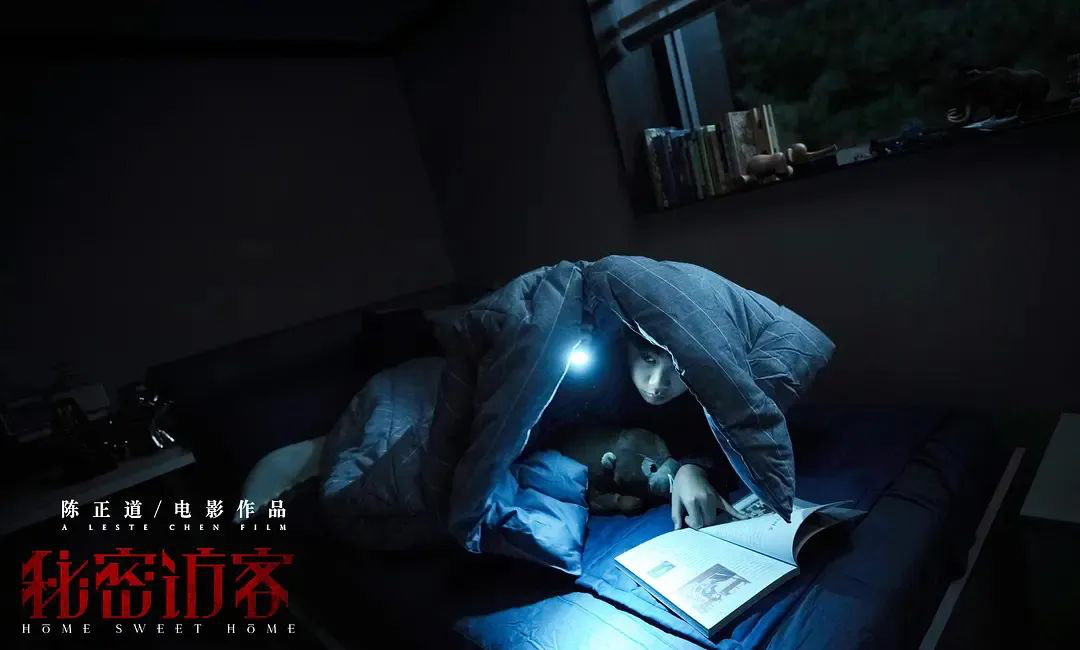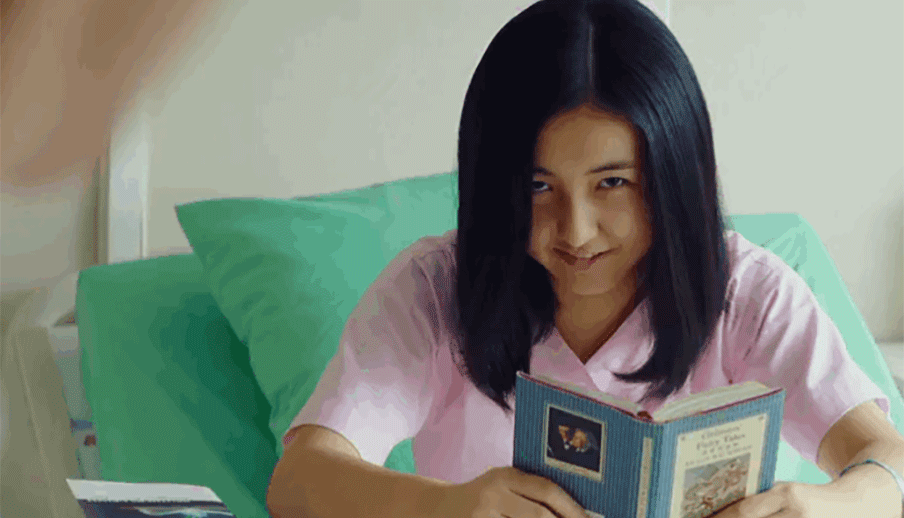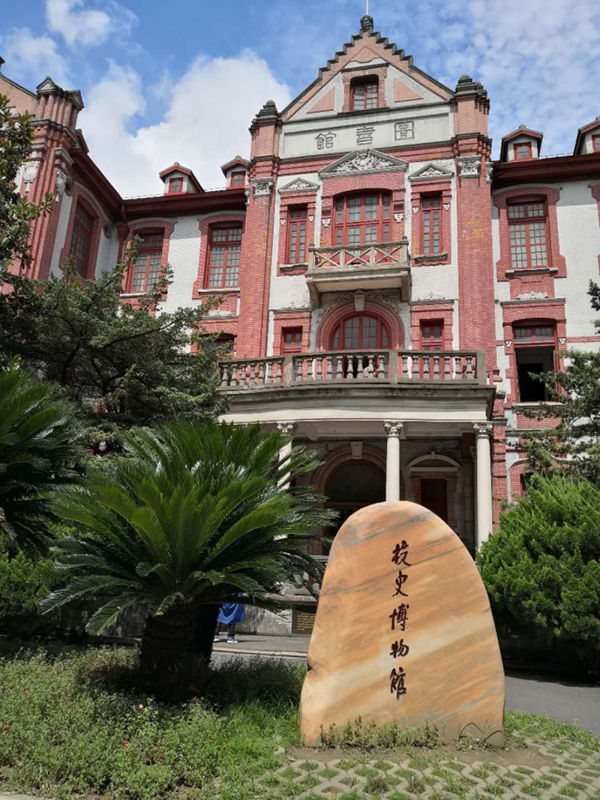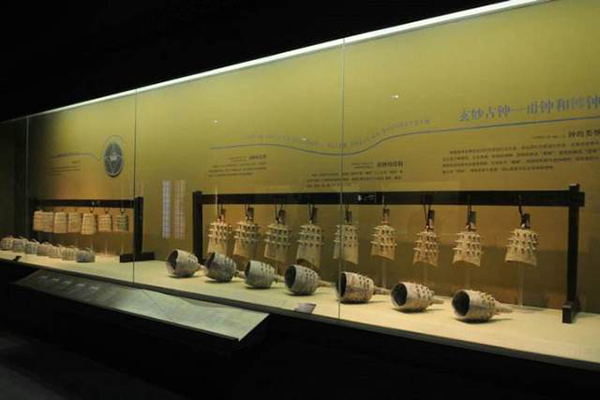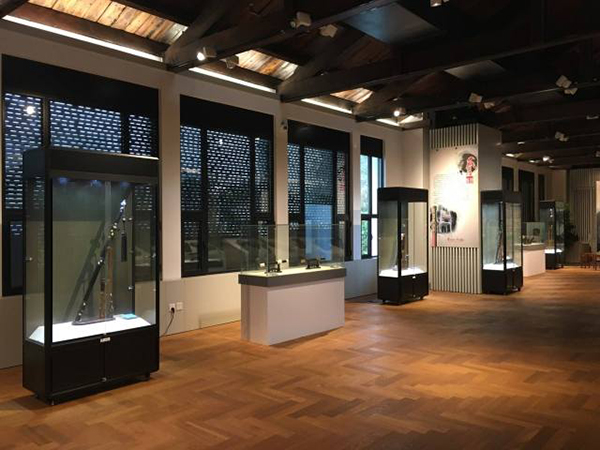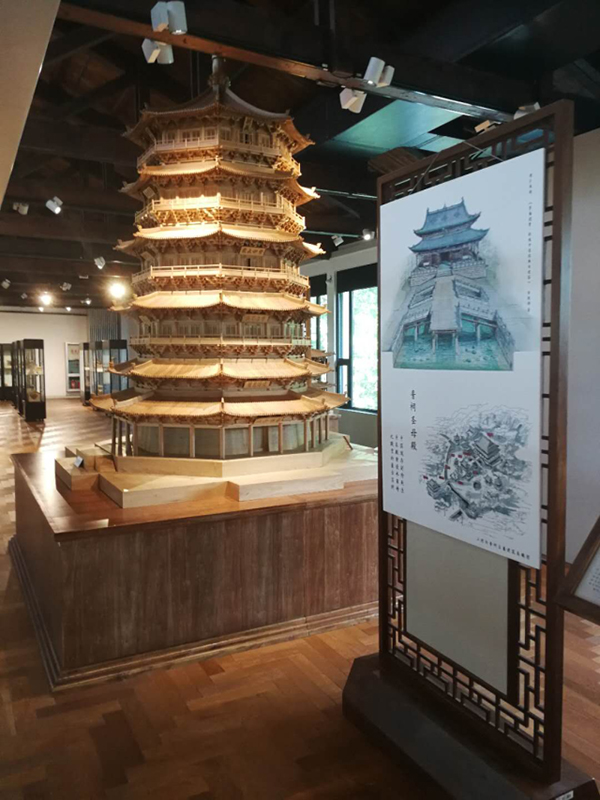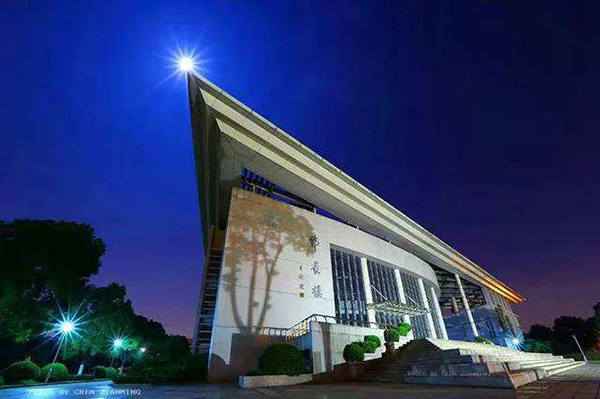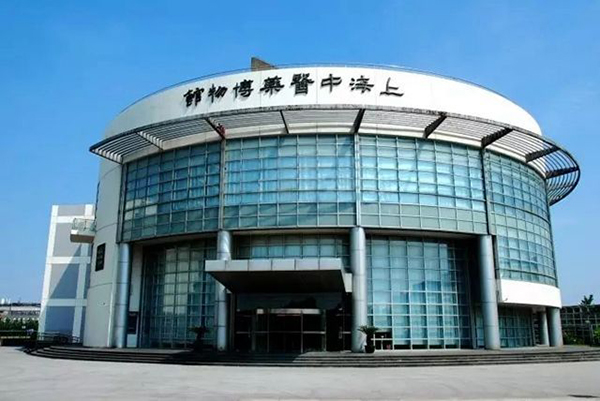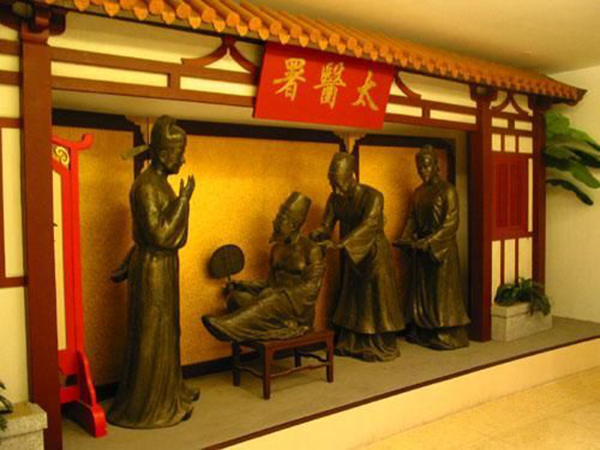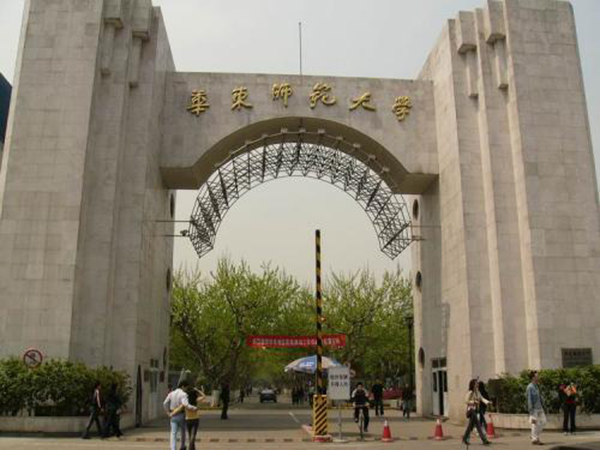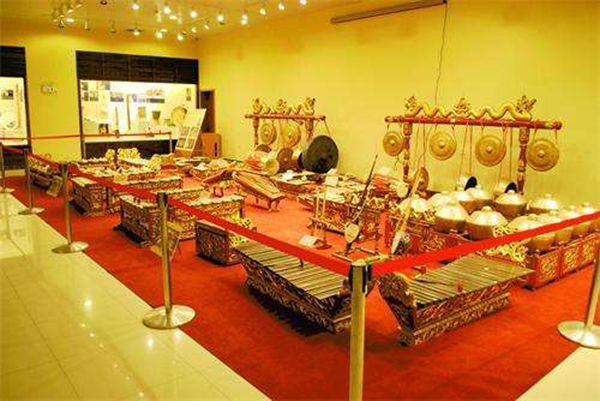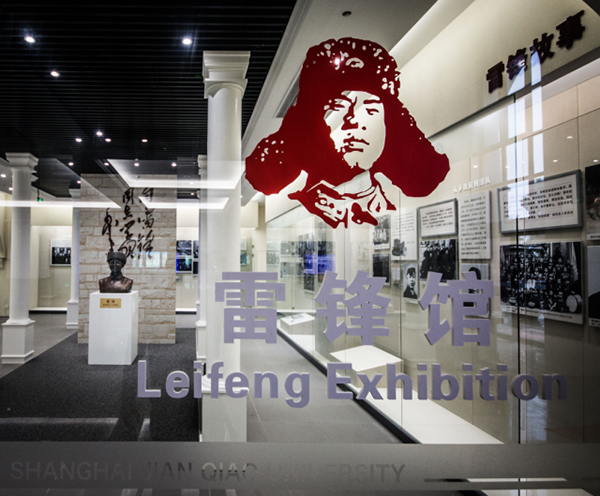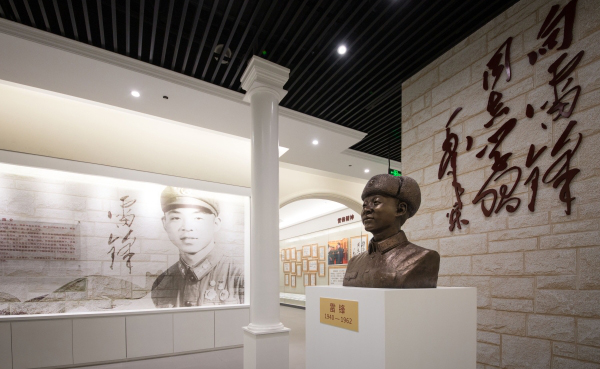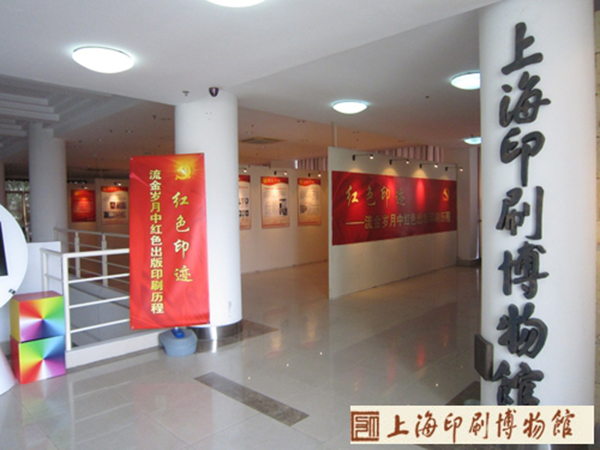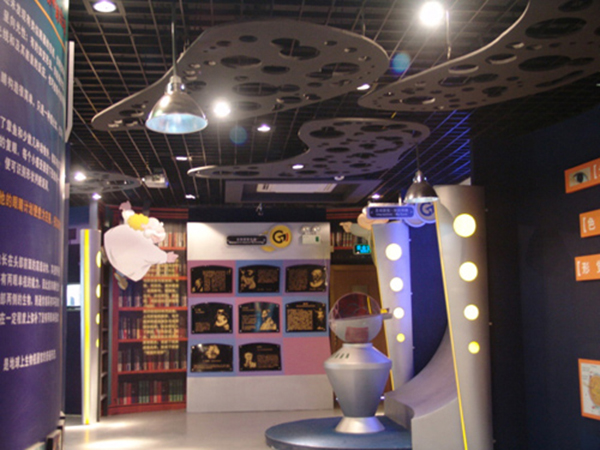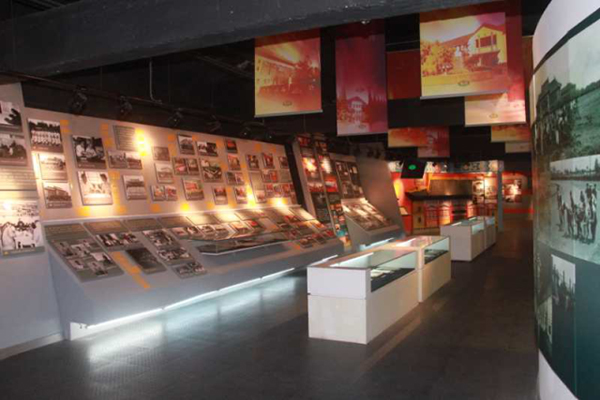In 2022, the top ten successful cases of geological disasters in China were announced.
CCTV News:According to WeChat official account, the Ministry of Natural Resources, the Department of Geological Exploration and Management of the Ministry of Natural Resources announced the top ten successful cases of geological disasters in the country in 2022, and another 10 successful cases were promoted as typical cases at the same time, so as to enhance the awareness of the masses about the risk of ground disasters and enhance the ability of prevention and defense of ground disasters at the grassroots level.
The top ten cases are: the collapse of Yangquan Village in Xingshan, Hubei, the landslide of Yangba Village in Ceheng, Guizhou, the landslide of Douleizi in Wulong, Chongqing, the landslide of Eretang in Marcand, Sichuan, the landslide of Jianchi Street in Longquan, Zhejiang and Longsheng in Guangxi.
It is reported that in 2022, a total of 321 geological disasters were successfully predicted nationwide, avoiding 7,226 possible casualties. Before the flood season, the construction and operation of more than 20,000 universal professional monitoring stations were completed, and the inspection and monitoring system of more than 264,000 geological disaster monitoring and prevention personnel was improved. More than 200 ministerial-level experts were stationed in 30 provinces across the country to strengthen technical support for risk prevention, and "civil air defense" and "technical prevention" were further integrated, and the ability of geological disaster investigation and evaluation, monitoring and early warning, comprehensive management, emergency response and grass-roots disaster prevention was further improved.
Enlightenment from Ten Successful Cases of National Geological Hazards in 2022
Today is the 15th National Day for Disaster Prevention and Mitigation. The theme of this year is "Preventing disaster risks and escorting high-quality development". China has a vast territory, mountains and rivers, and geological disasters are prone to occur frequently. Mountain collapse, landslide and debris flow seriously threaten people’s lives and property safety. In recent years, the Ministry of Natural Resources has organized and guided local governments at all levels to strengthen the construction of a comprehensive prevention and control system for geological disasters and continuously improve the ability of disaster prevention and mitigation at the grassroots level, with remarkable results. Recently, the Geological Exploration and Management Department of the Ministry of Natural Resources announced the top ten cases of successful avoidance of geological disasters in China in 2022, aiming at enhancing the awareness of geological disaster risks of the masses with vivid examples, thus improving the defense capability of the whole society. This edition specially invites industry experts to analyze the enlightenment brought by the top ten cases.
1 "3 21" Yangquan Village in Xingshan, Hubei Province collapsed to avoid danger: the meteorological risk warning of ground disaster reached the grassroots level.
At 18: 40 on March 21, 2022, a new collapse occurred in the back hill of Pengjiayuanzi, Group 2, Yangquan Village, Nanyang Town, Xingshan County, Yichang City, Hubei Province, causing damage to surrounding houses, village roads and farmland to varying degrees. Due to the early warning of meteorological risks of geological disasters, relevant personnel were evacuated to avoid possible casualties of 13 households with 40 people.
The geological disaster point is located in the east plate of Xingshan fault. The mountain in the collapse area is high and steep, and the previous heavy rainfall and plants growing in the cracks of the rock mass have caused the failure and deformation of the rock mass. On March 20, 2022, Hubei Province, Yichang City and Xingshan County successively issued encrypted meteorological risk warning and heavy rainfall warning for Xingshan County, and Xingshan County Natural Resources and Planning Bureau, Nanyang Town People’s Government and Nanyang Town Land and Resources Institute immediately responded and strengthened the inspection work. At 17: 00 on March 21, the villagers heard rocks rolling down behind the house and quickly reported them to the grid administrator. The grid administrator found that small rocks rolled down in the back hill one after another, and immediately organized the evacuation of the household and its surrounding neighbors and reported it. After receiving the report, the relevant departments quickly led experts in disaster prevention and control to the scene, defined the danger range through scientific research and consultation, and then the town and village organized an emergency transfer of relevant people. At 18: 40 on the same day, there was a collapse.
Revelation: This successful hedging benefited from "four in place". First, the early warning is in place, and the provinces, cities and counties issue meteorological risk early warning of geological disasters in advance, and the early warning information directly reaches the "four-in-one" grid staff and group monitoring and prevention staff of grassroots geological disaster prevention and control. Second, the responsibility is put in place, and the grid staff responds in time to strengthen the inspection of high-risk areas in the grid. Third, publicity and training are in place. Xingshan County regularly organizes lectures and drills for villagers every year, and the people’s awareness of disaster prevention and avoidance is constantly improving. Fourth, the risk-avoidance response was in place, and the local government and relevant units worked together to timely organize the threatened people to evacuate and properly resettle them.
2 "5 28" Yangba Village landslide in Ceheng, Guizhou Province: expanding the scope of risk investigation of adjacent slopes
At 7: 35 and 8: 59 on May 28, 2022, two landslides occurred in Group 2 and Group 1 of Yangba Village, Yangba Town, Ceheng County, Qianxinan Prefecture, Guizhou Province, causing houses on the side of the mountain to be washed away and five office buildings to be damaged. Due to the early warning of the geological disaster prevention and control command platform, the scope of investigation was expanded, and the threatened people were evacuated in time, causing no casualties.
Heavy rainfall is the main reason for these two landslides. The disaster site of a group of risk slopes in Yangba is a registered hidden danger point of ground disaster, and 7 monitoring devices are arranged. At 5: 52 on May 28, the monitoring equipment at this point issued an orange warning. Local natural resources authorities and technical support units rushed to the scene for disposal, and found that the slope had collapsed locally. Eleven people who were still sleeping were immediately woken up for emergency evacuation, warning lines and warning signs were set up, and the surrounding slopes were investigated. When the resettlement area of the lower part of the second group risk slope in Yangba Village was investigated, the technicians found that there was a landslide precursor on the west slope of the building, and immediately organized personnel to evacuate 20 families and 120 people who were threatened. At about 7: 35 on the same day, a landslide occurred on the west side of the resettlement area of the second group of Yangba Village; At about 8: 59, a group of risk slopes experienced a large-scale decline.
Enlightenment: It can effectively reduce casualties by exploring the river basin and slope as a unit according to local conditions and expanding the scope of risk investigation of adjacent slopes. Especially on the same hillside, the stratigraphic structure is connected and the geological process is related, and there may be potential hidden dangers in local "lesions". The successful hedging of Ceheng in Guizhou is an effective example.
3 Chongqing Wulong "5 28" steep Leizi landslide avoidance: civil air defense technology linkage prevention and control of disaster risk
At 19: 00 on May 28, 2022, bedding rock landslide occurred in Douyingzi Formation, Huangcao Village, Jiangkou Town, Wulong District, Chongqing, causing damage and burial of the exit of Xiaojiawan Tunnel in the eighth bid section of Chongqing-Qianjiang high-speed railway station under construction, damage to the auxiliary anti-slide pile project, and burial of the construction platform, material yard and construction access road. Due to timely monitoring and early warning, 358 people were evacuated in advance, causing no casualties and avoiding direct economic losses of about 20 million yuan.
This landslide area is not a group monitoring and prevention point. Unreasonable excavation and slope cutting at the foot of slope by human engineering activities caused the rock mass to face the air along the bed, which was the inducement of this landslide. On May 19, 2022, the Planning and Natural Resources Bureau of Wulong District received a report from the villagers at Douleizi, Huangcao Village, that there was a crack in the ground of their house, and immediately conducted a site survey with the geological engineers stationed by Jiangkou Town Government and Nanjiang Geological Team of Chongqing Bureau of Geology and Mineral Exploration and Development, and initially judged that it was a bedding rock landslide in the deformation stage. Wulong District Planning and Natural Resources Bureau and Jiangkou Town Government immediately demarcated the danger zone, organized three threatened households and six people to evacuate and avoid, and set up nine simple monitoring points and two monitoring personnel at the rear edge of the landslide and cracks on both sides, and monitored every two hours. At 8 o’clock on May 28, the landslide monitoring data suddenly increased. The Planning and Natural Resources Bureau of Wulong District organized the resident geological engineers to cooperate with the Jiangkou Town Government, and once again urged all personnel in the construction area below the landslide to evacuate and avoid. At 19: 00 on May 28, a large area of landslide occurred.
Enlightenment: The landslide can be successfully warned and avoided, thanks to the accurate risk identification of the pre-stationed team members, the proper methods of mid-term monitoring and early warning, and the timely and effective prevention and control of emergency avoidance in the later period. Scientific and reasonable countermeasures and the linkage prevention and control mechanism of "civil air defense" and "technical defense" are the core experiences to realize the successful avoidance of this geological disaster. At the same time, we should also fully evaluate the risk of geological disasters caused by engineering activities.
4 "6 10" Eretang landslide in Marcand, Sichuan Province: building a grassroots geological disaster prevention and control system.
In the early morning of June 10, 2022, earthquakes of magnitude 5.8 and 6.0 occurred in Caodeng Township, Malkang City, Aba Tibetan and Qiang Autonomous Prefecture, Sichuan Province. At 2 o’clock on June 10, a geological disaster of landslide occurred in Eretang, Group 4, Kolaji Village, Caodeng Township. Due to the state and city disaster prevention knowledge publicity and training in place, disaster prevention measures in place and the monitor’s performance in place, 19 people from 3 households were transferred to avoid danger in advance, avoiding casualties.
At 16: 30 on June 9, 2022, Aba Natural Resources Bureau issued a notice: from 8: 00 pm on June 9 to 8: 00 pm on June 10, the risk warning level of geological disasters in Malcolm City was Grade 3 (yellow warning). The personnel on duty of the Natural Resources Bureau of Barkam City will promptly forward the early warning information to the relevant staff of each township, the monitor of the hidden danger point of the ground disaster, the management personnel of the project under construction, etc., strengthen the monitoring and early warning, and decisively organize the threatened people to avoid risks in advance. At 20 o’clock on June 9, the monitor of the Eretang landslide in Kolaji Village, Caodeng Township found that an uninterrupted stream next to the house was cut off, and immediately evacuated all 19 people from 3 threatened households to safety. At about 0: 03 on June 10, an earthquake of magnitude 5.8 occurred in Kolaji Village, Caodeng Township. At about 1 o’clock, an earthquake of magnitude 6.0 occurred again, which caused the soil of Eretang landslide to loosen and the original cracks to penetrate. At about 2 o’clock, the surface of the mountain collapsed and the broken slope washed down along the surface of the mountain, causing two houses to collapse.
Revelation: In 2022, all prefectures and cities in Sichuan Province will further establish and improve the group monitoring and prevention system and the "five-level" guarantee responsibility system, strictly implement the 24-hour duty system in flood season, and require monitors to encrypt the monitoring frequency of hidden danger points in time after receiving the warning information of geological disasters at level 3 (yellow warning) and above, and stick to it for 24 hours. The successful avoidance of this disaster is due to the great attention of local party committees and governments, the continuous promotion of the construction of a comprehensive prevention and control system for geological disasters, the implementation of prevention and control measures for geological disasters by natural resources departments and grass-roots towns and villages, and the rescue of party member cadres at the grass-roots level in villages and groups at critical moments, thus ensuring the safety of people’s lives to the maximum extent.
5 "6 20" Jianchi Street landslide avoidance in Longquan, Zhejiang Province: Carry out "three investigations" and "three evacuations" to the letter.
At about 20: 00 on June 20, 2022, a landslide occurred on the east side of the temporary staff dormitory of the project department of China Construction Second Bureau of Ouli Wood Industry, No.41 Nandayang, Jianchi Street Community, Longquan City, Zhejiang Province, causing five temporary board houses in the block to collapse and four temporary board houses to tilt and be damaged. As the threatened personnel were transferred in time, 113 casualties were avoided.
At 8 o’clock on June 20, 2022, Zhejiang Provincial Department of Natural Resources issued an orange warning of geological disasters in Longquan City. Subsequently, the group surveyors of Jianchi Street in Longquan City carried out a comprehensive inspection of the risk prevention area and the high and steep slope block. At about 15: 00 on the same day, the staff of Nandayang Community in Jianchi Street, Longquan City found that there was earth and stone sliding on the east side of the temporary staff dormitory of the Project Department of China Construction Second Bureau, and immediately reported it to the street staff. After receiving the relevant information report, the staff of Longquan Natural Resources and Planning Bureau and Jianchi Sub-district, together with the technical team of "entering the countryside in the county", rushed to the scene at the first time to guide the emergency response and other related work, and organized the evacuation of personnel in the temporary dormitory shed below the slope. At about 20 o’clock that day, a landslide occurred on the east side of the mountain.
Enlightenment: the group monitoring and prevention staff actively strengthened the inspection of the front and back of the house before and after the rain, found the signs of ground disaster in time and reported the danger; Only by overcoming the paralyzed idea that "there is no need to transfer personnel unless it is a hidden danger of geological disasters" and transferring all threatened people in a timely and orderly manner, and ensuring that there is no omission, can casualties be effectively avoided. The successful experience of this case shows that the prevention and control of geological disasters at the grass-roots level is to implement the requirements of "three inspections" (pre-rain inspection, patrol in the rain, and verification after the rain) and "three evacuations" (early evacuation, timely evacuation, and decisive evacuation), so as to ensure that potential risks can be found in the first place and evacuation can be carried out in the first place.
6 "6 22" Yulong Lane Debris Flow Avoidance in Longsheng, Guangxi: technical support for ensuring high-risk areas of ground disasters.
At about 16: 20 on June 22, 2022, a mudslide occurred in Houshan Gully, Yulong Lane, Gui Long Road, Longsheng Town, Longsheng Autonomous County, Guangxi Zhuang Autonomous Region, which washed away two houses, destroyed a parking lot and caused many houses to be damaged to varying degrees. Due to the rapid and effective early warning response, 251 people successfully avoided danger.
Although the disaster site is not registered as a hidden danger point, the 150,000 geological disaster risk survey conducted in Longsheng County previously classified the area as a high-risk area for geological disasters. At 16: 00 on June 21, 2022, the Natural Resources Department of Guangxi Zhuang Autonomous Region issued a meteorological warning of yellow geological disasters, and informed the Natural Resources Bureau of Longsheng County to strengthen the inspection and monitoring of hidden dangers of geological disasters in Longsheng Town and other places. During the inspection in the rain at noon that day, local monitoring personnel found the soil creeping in the gully behind Yulong Lane, Gui Long Community, Longsheng Town, and immediately reported the danger to Longsheng Town and county duty room. Geological disaster prevention experts from Guangxi Geological Environment Monitoring Station determined that the debris flow was in the deformation stage, and then designated the danger zone. Subsequently, the Longsheng County Geological Disaster Prevention and Control Command immediately launched an emergency plan to organize the threatened people in the danger zone to evacuate and avoid. At about 16: 20 on June 22, 251 people from 74 households in Yulong Lane all completed evacuation and avoidance; Three minutes later, the house at the mouth of the ditch was instantly destroyed by the mudslide. At 3: 00 on June 23rd, debris flow deposits washed away the fence and parking lot of the mechanical lifting parking lot, and rushed to Gui Long Road along Yulong Lane.
Enlightenment: First of all, the high-risk areas of geological disasters must have technical support in place, which can give timely reminders in times of long-term heavy rainfall. Secondly, the first-line monitoring personnel who receive the reminder should have a high sense of responsibility and rich knowledge of geological disaster identification and prevention, and can find hidden dangers and report them in time to win the evacuation time for the threatened people. On this basis, it is a logical result for local governments to make decisive decisions, start plans in time, and organize threatened people to evacuate, thus successfully avoiding risks.
7 "6 30" Zimaduo Debris Flow Avoidance in Fugong, Yunnan Province: Improving the grass-roots defense ability in disaster-prone areas
Zimaduo Debris Flow Gully in Fugong County, Nujiang Lisu Autonomous Prefecture, Yunnan Province is a first-class branch gully on the right bank of Nujiang River. At about 7: 50 on June 30, 2022, a mudslide broke out here. Due to timely warning, 62 people from 13 households were evacuated, causing no casualties.
On June 29, 2022, Nujiang Meteorological Bureau issued a Class II warning of meteorological risk of geological disasters. After receiving the early warning information, the local disaster monitoring personnel immediately inspected the hidden danger points and found no obvious abnormality. At about 7: 20 on June 30, the geological disaster monitor heard the roar of the flood coming from the ditch, immediately called the secretary of the village party branch and the village team leader, and rushed to Zimaduo Formation near the debris flow ditch at the first time. After the three people rushed to the scene, the monitor and the village team leader shouted down the ditch to inform the masses to evacuate quickly, and the village party branch secretary stayed in Zimaduo to organize the masses to evacuate to a safe area. At about 7: 50 that day, the debris flow passed through the residential area of Zimaduo Formation.
Enlightenment: The basic knowledge of geological disaster prevention and control training for grassroots cadres and full-time monitors in party member has played a vital role in this geological disaster emergency response. In recent years, the natural resources authorities at all levels in Yunnan Province, prefectures and counties have actively organized publicity and training on geological disaster prevention knowledge and emergency drills for threatened people, which has increased the knowledge reserves of disaster knowledge, disaster prevention and disaster avoidance for grassroots party member cadres, disaster prevention responsible persons and monitors in geological disaster-prone areas, greatly improved their awareness of "taking the initiative to avoid, avoiding in advance, preventing from avoiding" and their ability of self-help and mutual rescue, and laid a solid foundation for carrying out geological disaster group monitoring, prevention and early warning.
8 "7 14" Debris Flow Avoidance in Qingxin Village, Qingchuan, Sichuan: Take the initiative to avoid the danger immediately when finding the warning signs.
At about 3: 40 on July 14th, 2022, a mudslide occurred in Shuikou Community of Qingxin Village, Chaba Township, Qingchuan County, Guangyuan City, Sichuan Province. The scale of the disaster was about 245,000 cubic meters, and the direct economic loss caused by the disaster was about 11 million yuan. Due to the inspection and early warning in place and the early transfer and avoidance, 18 people from 6 threatened households avoided casualties.
Qingchuan is located in the Longmenshan earthquake zone and has been affected by earthquakes many times. From July 12th to 14th, 2022, the rainfall in Chaba Township reached 512.9mm.. The provincial and municipal disaster headquarters office issued a yellow warning, and the Qingchuan County disaster headquarters office issued an orange warning signal for the disaster, released a rain report in real time, and carried out scheduling work from time to time throughout the day, urging and guiding all towns, villages and hidden dangers to do a good job in various disaster prevention work. At about 21: 50 on July 13, the staff of the investigation team found that the river in Shuikou Yangou surged and muddy mud rushed out of the mouth of the branch ditch. It was predicted that it was a precursor to landslides and mudslides and immediately reported it to the county disaster headquarters. The county immediately launched an emergency plan and organized the masses to transfer and resettle in an orderly manner. At about 23: 10 on July 13th, 26 households with 70 people in the danger zone were all safely transferred and resettled. At about 3: 40 on July 14th, a mudslide disaster occurred.
Enlightenment: After receiving the risk warning of meteorological and geological disasters, the responsible persons and monitors of disaster prevention in towns and villages should encrypt the frequency of monitoring inspections. Once the precursors of geological disasters are found in the high-risk areas of geological disasters and the areas near the ditch and cliffs, it is necessary to organize the threatened people to take the initiative to avoid according to the requirements of "three avoidance" and "three evacuation" in advance to ensure safety.
9 Zhenba "July 22nd" Luziba Village Landslide Avoidance: Comprehensive Research on the Influence Scope of Secondary Disasters
At about 12 o’clock on July 22, 2022, a landslide occurred in Tangfang Formation, Luziba Village, Jingyang Street, zhenba county City, Shaanxi Province, causing the water level of Jingyang River to rise, damaging 15 houses of 6 households and 200-meter water supply pipeline. Because the technical support unit found that the slope gravel rolled down during the inspection, it cooperated with the local government to organize the evacuation of 67 people from 21 threatened households in time, thus avoiding 11 casualties from 6 households.
The lower toe of the slope to which the sliding mass belongs was excavated for the construction of the lead wire of Xingzishan Tunnel. On the morning of July 22nd, 2022, zhenba county Geological Environment Monitoring Station, together with the technical support unit, found that the roadside gravel of Tangfang Formation in Luziba Village frequently tumbled, so they immediately informed the relevant departments of the town and village and demanded that the threatened people be evacuated. At 12 o’clock on July 22, a landslide occurred.
Enlightenment: This successful avoidance tells us that in the future inspection of hidden dangers of geological disasters, it is necessary to strengthen the inspection of identified key areas and key road sections, and if necessary, unite with technical support units to conduct analogy analysis and comprehensive judgment according to the disasters that have occurred around them, predict the possible secondary disasters and impact areas after the disasters, and resolutely evacuate the threatened households within the indirect impact areas to ensure the safety of people’s lives.
10 "8 13" debris flow avoidance in Beigou, Gaotai, Gansu Province: the normal inspection and investigation time is not relaxed.
At 8: 45 on August 13th, 2022, a sudden mudslide disaster occurred in Tiancheng North Gully, Tiancheng Village, luocheng town, Gaotai County, Zhangye City, Gansu Province, causing most residents’ houses to be affected, resulting in a direct economic loss of 55.6 million yuan. Due to proper early warning and disposal, all 1165 people in 405 threatened households successfully moved to avoid danger.
The place where this debris flow occurred is a registered hidden danger point. During the flood season investigation in 2022, the technicians of the technical support unit rechecked the hidden danger point again, and informed the group monitoring and prevention personnel to pay attention to regular inspections, especially in case of continuous rainfall or instantaneous rainstorm. On August 13th, 2022, after receiving the orange warning signal of rainstorm at the provincial, municipal and county levels, the local disaster group surveyors, the heads of township governments and land and resources institutes, local technical support personnel and the staff of the county natural resources bureau coordinated and coordinated to conduct emergency inspections in the rain, delimit dangerous areas and issue emergency evacuation and avoidance instructions. At 7: 05 on the same day, 588 households and 1552 people within the threat range of debris flow were all successfully evacuated. At the same time, Gaotai County Natural Resources Bureau, together with various land and resources institutes, assisted the factories, mines and related operating units in the dangerous area to successfully evacuate 170 people.
Enlightenment: The prevention and control of geological disasters should focus on preparing for a rainy day, and the regular inspection and investigation of hidden danger points of registered geological disasters should not be relaxed at all times. The success of debris flow avoidance is not unrelated to the implementation of local publicity and training work, but also thanks to the careful observation of geological disaster group monitoring staff in daily inspection and monitoring, which can find dangerous situations and promptly warn them, and quickly organize threatened people to move according to the set escape route.






